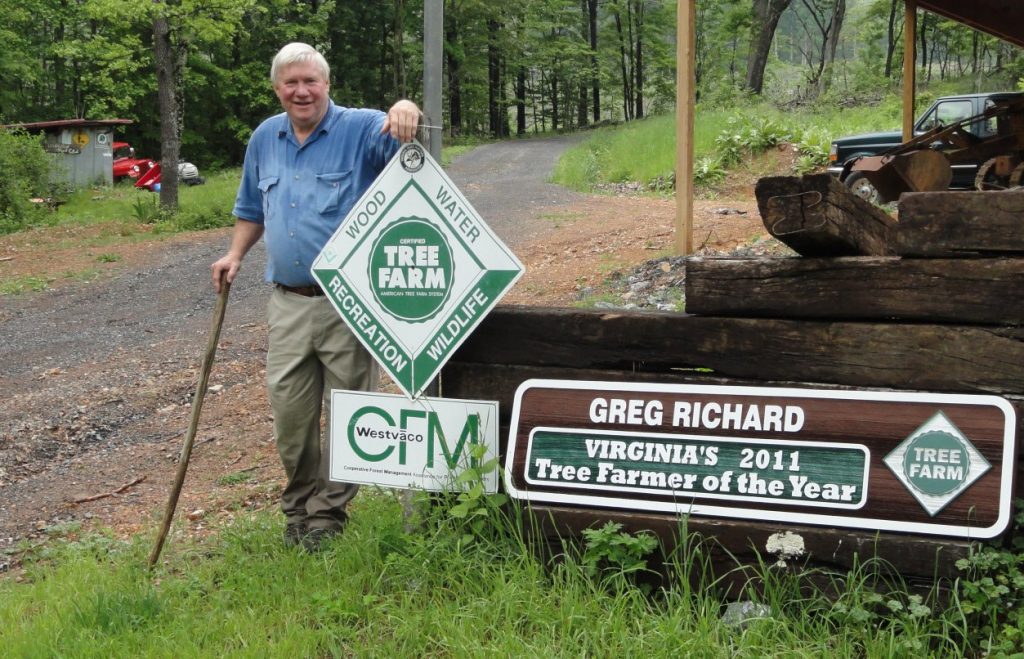
This is the article I wrote for “Virginia Forests”.You have to make a steep climb on Richard Road to get to Greg Richard’s tree farm near Star Tannery. Walking around his 365 acre farm, you realize that the steep grades and the rocky soils define the land’s management. Trees find ways to grow among the rocks, but human activities like planting, harvesting and general silvaculture are hard. This didn’t stop Greg and consulting forester Frank Sherwood from doing the right things over several decades.

Planning for the future requires understanding what came before, the history of the land. Greg’s land has a story common in the Virginia hills. Much of the natural cover was removed in the 19th Century to feed local furnaces, forges and tanneries. Trees had grown back by the early 20th Century but then the Appalachian forests suffered from the chestnut blight that created thickets of standing dead wood. Chestnuts still sprout from roots and stumps and sometimes grow big enough to produce nuts before the blight get them. Greg’s land still features a few chestnuts like this, the echo of past glory, and Greg carries a walking stick from one of the chestnut shoots.
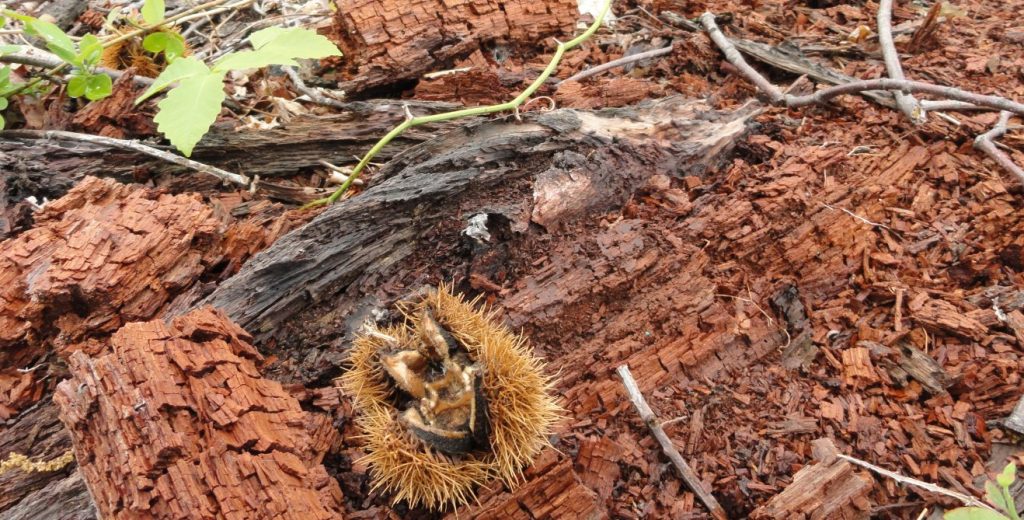
On this particular tract, the low point came in 1933, when a fire destroyed most of the cover again. The situation created by that disaster nearly eighty years ago are the ones Greg is working with today. The trees came in too thick for the soil and water available. These conditions were made worse by a high grading harvest in the 1960s. Although Greg and his father Harry performed good forestry practices from the start, good forestry practices really got rolling after the Richard property was certified as a tree farm by the ATFS in 1981. Greg and Frank Sherwood wrote and implemented a comprehensive plan that included regular thinning and stand improvements.
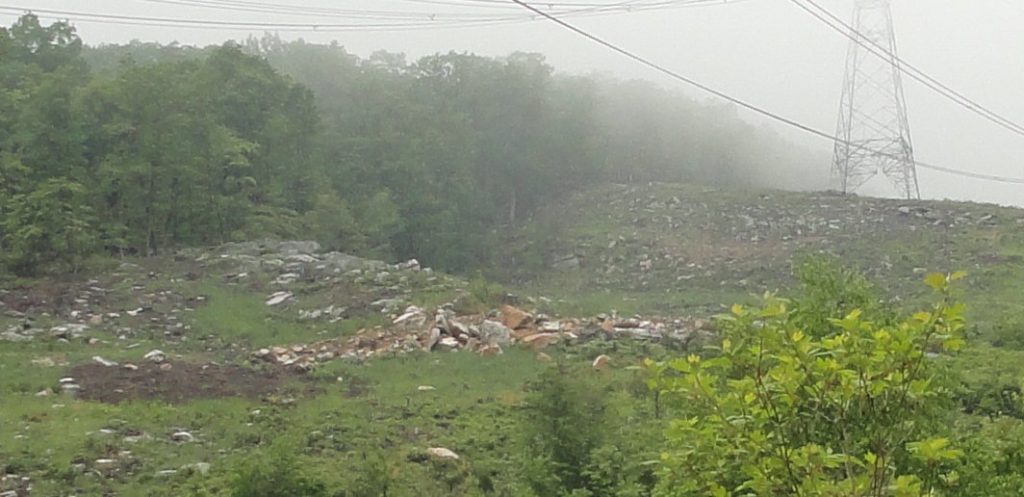
Wildlife is more important than in wood and pulp production to Greg Richard and he does not try to maximize profits gained from sales of wood and pulp. This is evident how he manages his property. Greg clear cut some acreage on the gentler slopes replanted with loblolly pine. The plantation is small enough for Greg to do things himself, like use a backpack spray to control hardwoods. Greg saw the silver lining in a recent utility decision to widen its right of way that crosses Greg’s property. He was not pleased to have more of his land under the power lines and taken out of forest, but he made a virtue out of necessity by establishing warm season grasses and soft edges where the surrounding forests meet the vegetation under the lines. The open areas under the lines also feature small dew ponds, which provide habitat for reptiles and amphibians, as well as enhancing the land for birds and mammals. Most of the rest of the property is covered with secondary oak forest of relatively low quality because of soil quality and the unfortunate history of the high grading in generations past. Over time the oak was being replaced by more shade tolerant red maple. This was not a welcome development from the forestry point of view. Greg and Frank set out to change that by removing many of the inferior trees and creating openings that let in enough sunlight for oak regeneration.
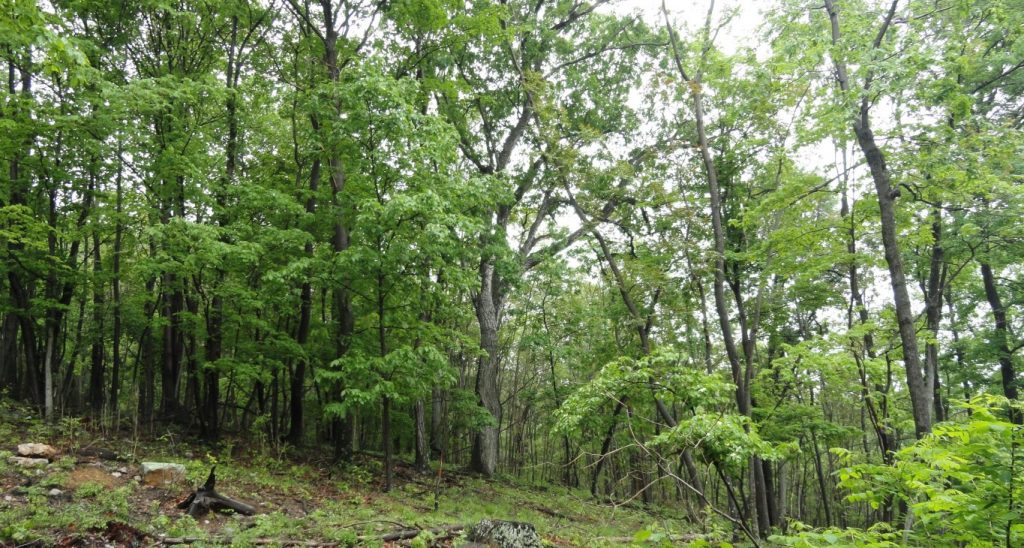
Greg knows that it took a lifetime for the forest to get to be the way it is today and he accepts that it will take a lifetime to make it right. The joy of forestry comes from being part that will last a long time, maybe many lifetimes. Greg is pleased that his daughter is starting to take more interest in the land and contours of its changing face. All of us who plant trees and care for forests are aware that much of our work will be for the generations that follow. And sometimes it takes the next generation a while to come to their own understanding of what we have done and of their place.
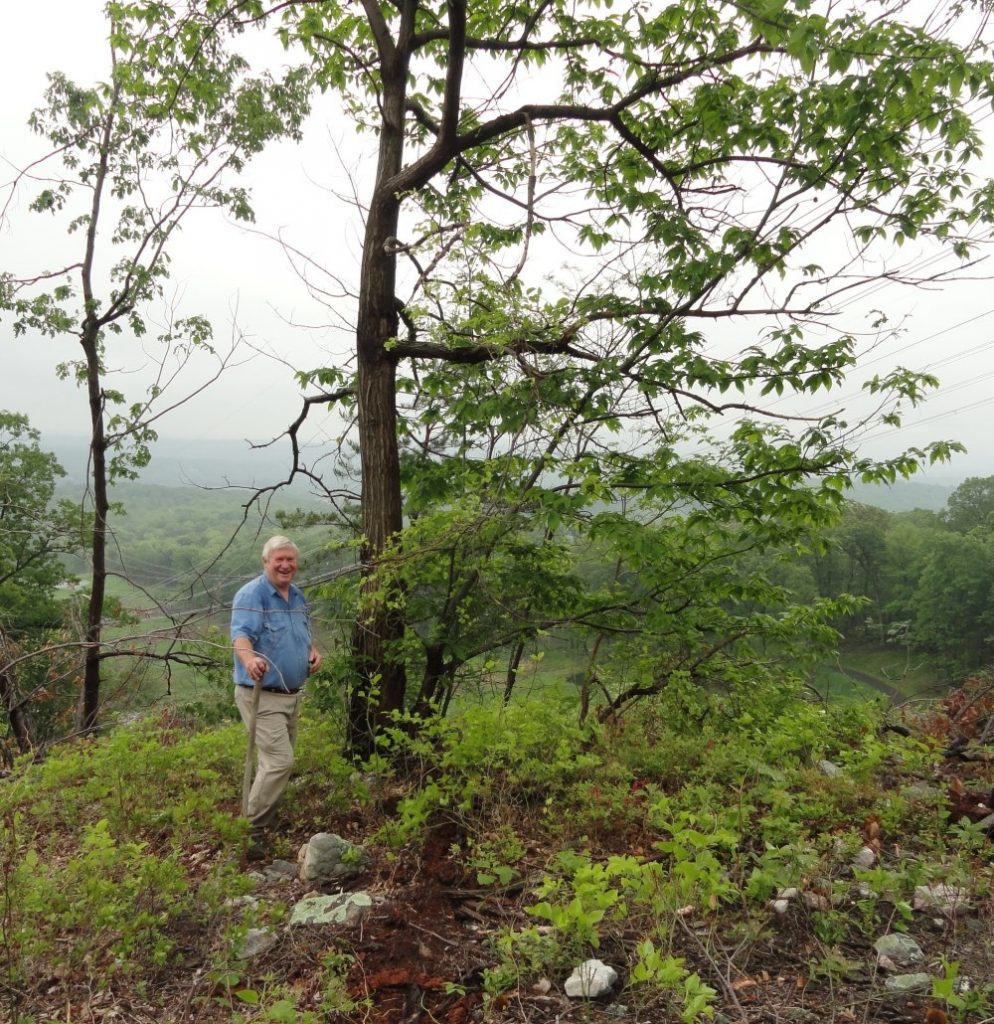
This is how it happened with Greg. Although the core of the property is his old family place, Greg did not spend his life with forestry on the land he now owns. Most of his adult life, most of Greg’s career was spent doing remodeling and construction in and around College Park, Maryland. Greg ran his own firm called National Home Improvement. He retired from his active business in 2004, although he still does some work for a few old customers who trust his work. As with forestry, Greg was in it for the long haul. Now he has more time to devote to forestry.
People who love their land, landowners like Greg, see their property not as it is now but as it will be. The land is a place of aspiration. I enjoyed sharing Greg’s aspirations as we walked his land. He can see the pines he recently established as the mature pine forest that will cover someday cover the lower slopes. He has the vision to see that his small trees will be the big oaks crowning the hills. And he can understand the wildlife corridors that will tie all the parts of his property into a sustainable and integrated whole. We do our duty if we leave our land better than we found it. Greg has done his part.
The Virginia Tree Farm Committee congratulates Greg Richard for doing the things and meriting the title of Virginia Tree Farmer of the Year in 2011; we also congratulate Frank Sherwood for helping know what to do.
Pictures: Top show Greg Richard and his tree farm sign. Next is wildlife ponds. They are rain fed. Richard and his father established them decades ago. Following is a American chestnut husk, showing that the chestnut sprouts still produce seeds more than a century after the blight arrived in North America. The next picture shows the power lines that cross the property. It also shows the rocky nature of the soil. This limits the type of forests that can be established on the land and virtually precludes most forms of crop agriculture. Below that is the natural regeneration. This is what the forest looks like if you do nothing. The last picture is Greg with an American chestnut sprout. They grow from the roots and get about that big before the blight gets them again.
